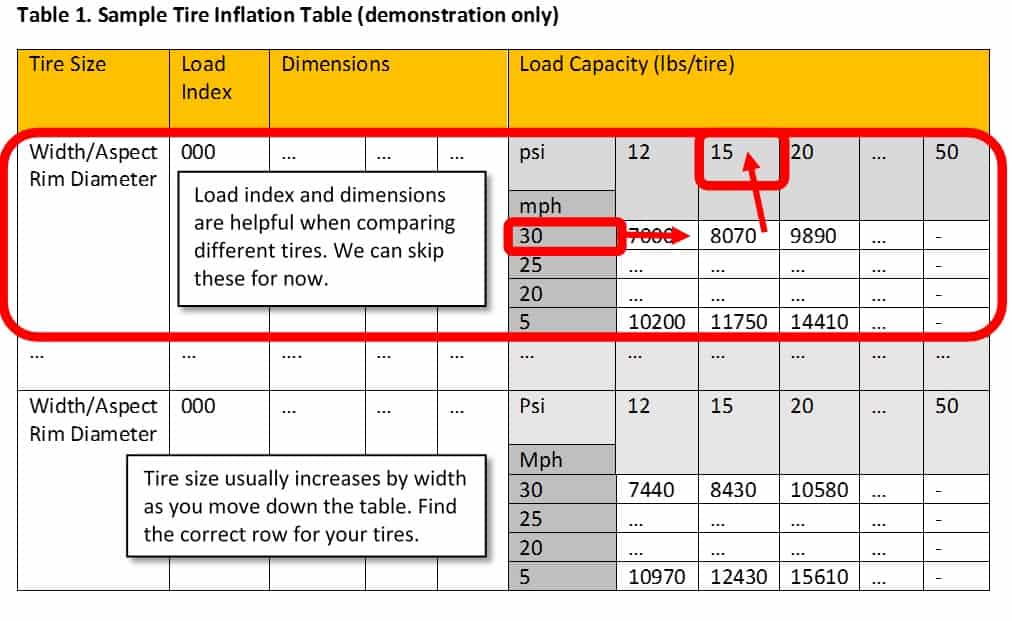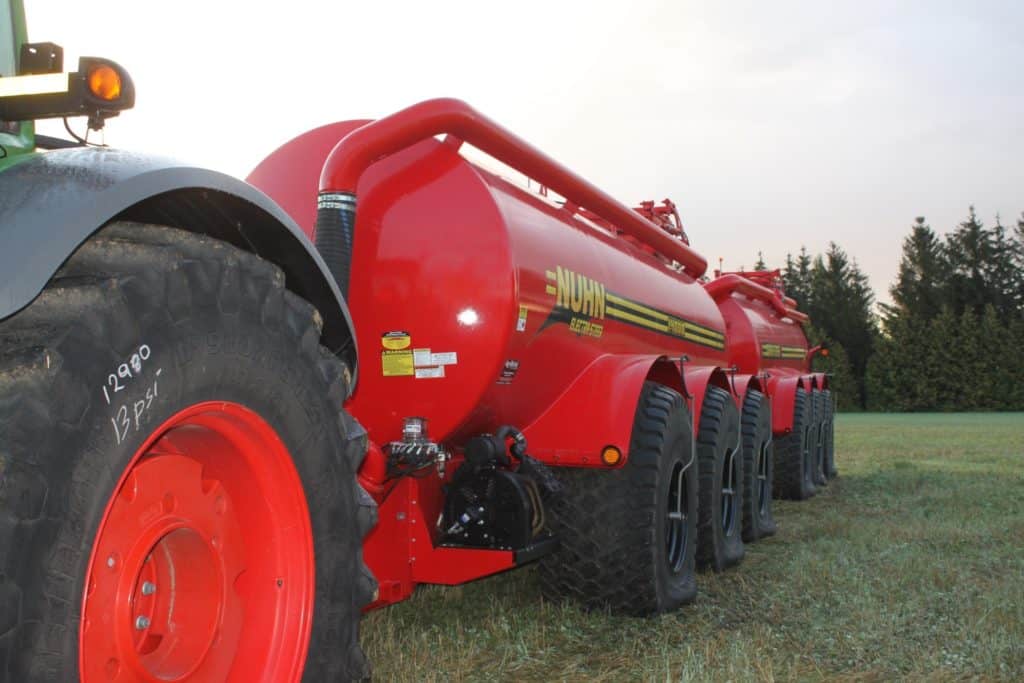Keeping compaction at bay in 2019
Published in Ontario Farmer June 4th, 2019.
Authors Ian McDonald and Alex Barrie, OMAFRA and Peter Johnson, RealAgriculture
It’s hard to put any more adjectives to the frustration of this springs weather. In 2019 “all bets are off” on what is the right thing to do in terms of planting timeliness, and how, when and why to work soil, fertilize, apply herbicides and any other management choice requiring field passes.
Any soil compaction article you read always starts with a statement about patience and waiting until the soil is “fit”! A major penalty for not doing so is compaction, resulting in lower yields, not only this year but sometimes for many years to come. But by June 1st, the need to get crop planted wears on even the most patient “wait until it is right” farmer.
Planting timeliness and soil conditions
This year the opportunities to work ground and plant with even close to “fit” conditions have been short and fleeting. With the majority of the 2019 crop planting still to go, it’s tough to recommend waiting for perfect conditions. Unfortunately, we know that considerable damage can be done to the soil when it is worked or driven on too early (condition wise not date, the old adage of not farming by the calendar).
The two key components for top yields remain: proper soil conditions and planting timeliness. This year, these two are not coming together at all. The only silver lining to date is that we haven’t lost many heat units so far, but by this date its unlikely we can recover to a normal seasonal CHU total. Nonetheless, we will be counting on an open and extended fall to mature the crops and get the wheat planted!
So what is the lesser of the evils: delay planting even further, or mud it in? Everyone must make that decision themselves. Conditions vary incredibly from farm to farm and even field to field. And this first management decision will impact crop performance and every other management decision you make all season long. Here are some thoughts.
First, be flexible. Adjust planting plans based on soil conditions. While rotations are important, in a year like this it’s important to find and plant those fields that are ready, first, to the most critical crop, even if it’s not the original plan.
Keep in mind that the difference between fields being “ready” and “close” can be as little as a couple of hours of wind and sun, especially at this late date. The problem with “nearly ready” today is that big planters can plant a lot of “nearly ready” acres in a very big hurry, well before the soil gets to the “ready” stage. This can come back to haunt us throughout the rest of the season and into the next year.
Optimize current tires for the task
Second: Tires, tires, tires! But don’t pull out your wallet just yet. Start by optimizing what you have. Most tire pressures are set by the manufacturer’s guidelines for load and speed on the road for safety and ensure tire integrity. This is rarely the optimal pressure for in the field.
For field pressures, you need to know the loaded weight of the equipment. This can shift depending on terrain (ie significant weight can shift to the downhill tires on a slope). It’s important to know the maximum weight on each tire. There is a load inflation table specific to every tire. Below is an example. These tables can be found on the internet, or from your tire supplier.
As an example for Table 1, the tire in the first row (width/Aspect-Rim Diameter) can carry 8070 pounds at 15 psi and 30 mph. If you slowed to 5 mph, that same tire and pressure would carry 11750 pounds. Conversely you could lower the psi by either slowing down or lightening the load
To avoid compaction, 15 psi is the maximum psi target for infield operation. Recognize that this is a general threshold but it’s the target to shoot for. To achieve this, you need to alter load, speed, tire size, tire technology or add an automated deflation/inflation system.
Changing tire psi when you enter and leave the field is one option to manage this difference. But if you don’t have an on-board automated system, it isn’t practical based on time, logistics and the number and size of tires on modern farm equipment (Figure 1).
Figure 1. The Size and Number of Tires Under Modern Farm Equipment precludes managing tire pressure manually when entering and leaving a field. Automated central inflation systems can manage this operation and pay tremendous dividends in reducing soil compaction and making road travel safe.
The next option is to tender inputs to the field, so you can keep the tire pressure set for field conditions (loaded) and move between fields empty. Keep those heavy tenders out of the field though, only on roads and field entrances.
Another option is to change the tire pressure depending on the current job. Less than perfect, but still better than set once for the maximum weight/speed of the heaviest job.
Is it time for a tire tech upgrade?
If you want to do even better, and there is time and funds, consider new tire technology! The newer LSW, IF and VF tires are designed to carry the same load at lower pressure. But don’t up the load. That just gets back to the same pressures. The IF and VF tires are designed with much greater sidewall flex capability. LSW tires are an exception and have low sidewalls, but advances in sidewall technology achieves larger tire contact, but still needs the bigger tire size compared to what you have had previously to be effective.
Tire volume allows most tire technology to work to its maximum. Tire volume comes from tall wide tires with high aspect ratio (smaller rim size). Big sidewalls give the ability to “flex” foot print in the field. Decreasing tire pressure flexes the sidewall and increases the contact area. While the flex in the sidewall makes it appear that the tire is getting wider, in most cases the tire gets longer (Figure 2). A larger contact area, lowers the lbs/sq inch, while the longer contact area means no more of the field is tracked.
Figure 2. The Change in Tire Footprint Possible with Changing Pressure and Technology. Reducing the tire psi between road and field on a standard radial tire increased the tire length on the ground by 20% and further lowering the psi by changing to an IF tire added another 13% to the length without changing the tire width on the ground.
But keep safety in mind. Some of the pressures possible with these tires may be too low for the speed and weight you are hauling on the road. Be very aware of the equipment handling at speed on the road, and slow down if you feel the operating situations is compromising your control of the equipment (bounce, wobble, steering, etc).
Upgrading to automated on-the-go Central Tire Inflation Systems (CTIS)
Ultimately, automated tire deflation/inflation systems are the answer for tires (Figure 1). Tracks are an alternative to new tire technology and automated pressure adjustment. The choice of the best alternative is usually task dependent. Farmers have been reluctant to purchase CTIS systems in Ontario, while in Europe they are becoming standard equipment. CTIS systems reduce tire wear, increase fuel efficiency, reduce soil compaction, increase road and field efficiency and enhance equipment safety. Payback on these systems is generally in the range of 5 years and those who have made the investment are glad they did. They allow the tire psi to be optimized for road and field operations on the go.
Another extremely important consideration of these automated systems is SAFETY! Running the roads under heavy loads with lower than recommended pressures compromises the safety of these giant rigs. You put yourself, your employees and family and the public at risk from tire failure or loss of equipment control when under speed and load. DO NOT COMPROMISE SAFETY!
Ag tires of today are specialized for each application. Work with your equipment dealers and tire suppliers to find the right path for you. Don’t compromise here. If your “guy” doesn’t seem willing to help you work through these decisions, find a better “guy”!
More information about all the options described in this article can be found at the IFAO Compaction Action website, www.ifao.com.





